American History: 1820-1840 Population, Immigration, and Industrial Growth
1/20
There's no tags or description
Looks like no tags are added yet.
Name | Mastery | Learn | Test | Matching | Spaced |
|---|
No study sessions yet.
21 Terms
What was the primary reason for the increase in immigration to the United States during the 1830s?
The potato famine in Ireland and opportunities in urban areas.
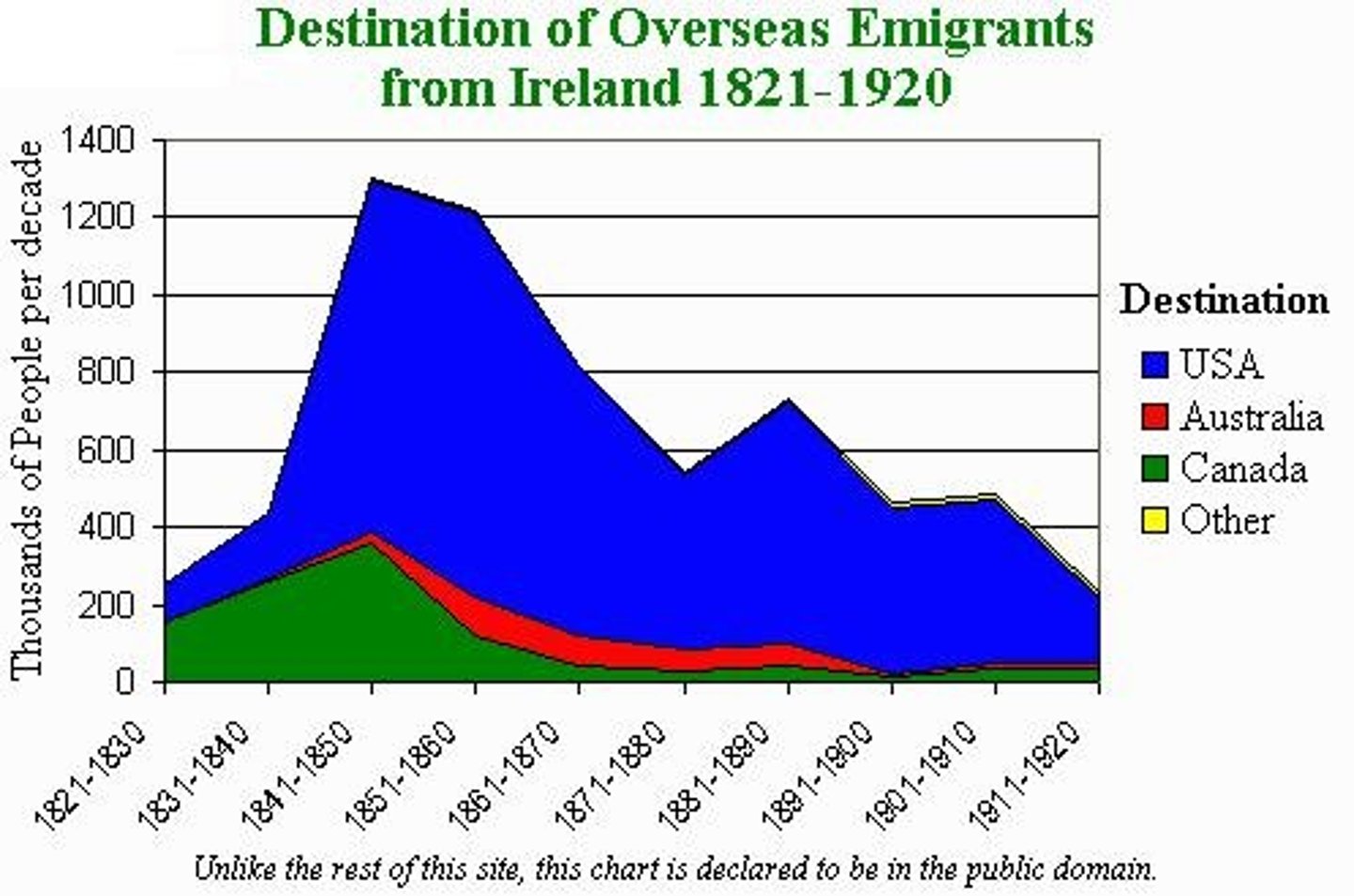
What is nativism?
Distrust and dislike of foreigners, favoring 'Native-born' Americans.
What were some reasons for the rise of nativism in the 19th century?
Immigrants worked for lower wages, were believed to be destroying American culture, and there was fear of the Catholic Church.
What was the Supreme Order of the Star-Spangled Banner also known as?
The 'Know-Nothings' or the American Party.
What major canal was built in New York during the 1820s?
The Erie Canal.
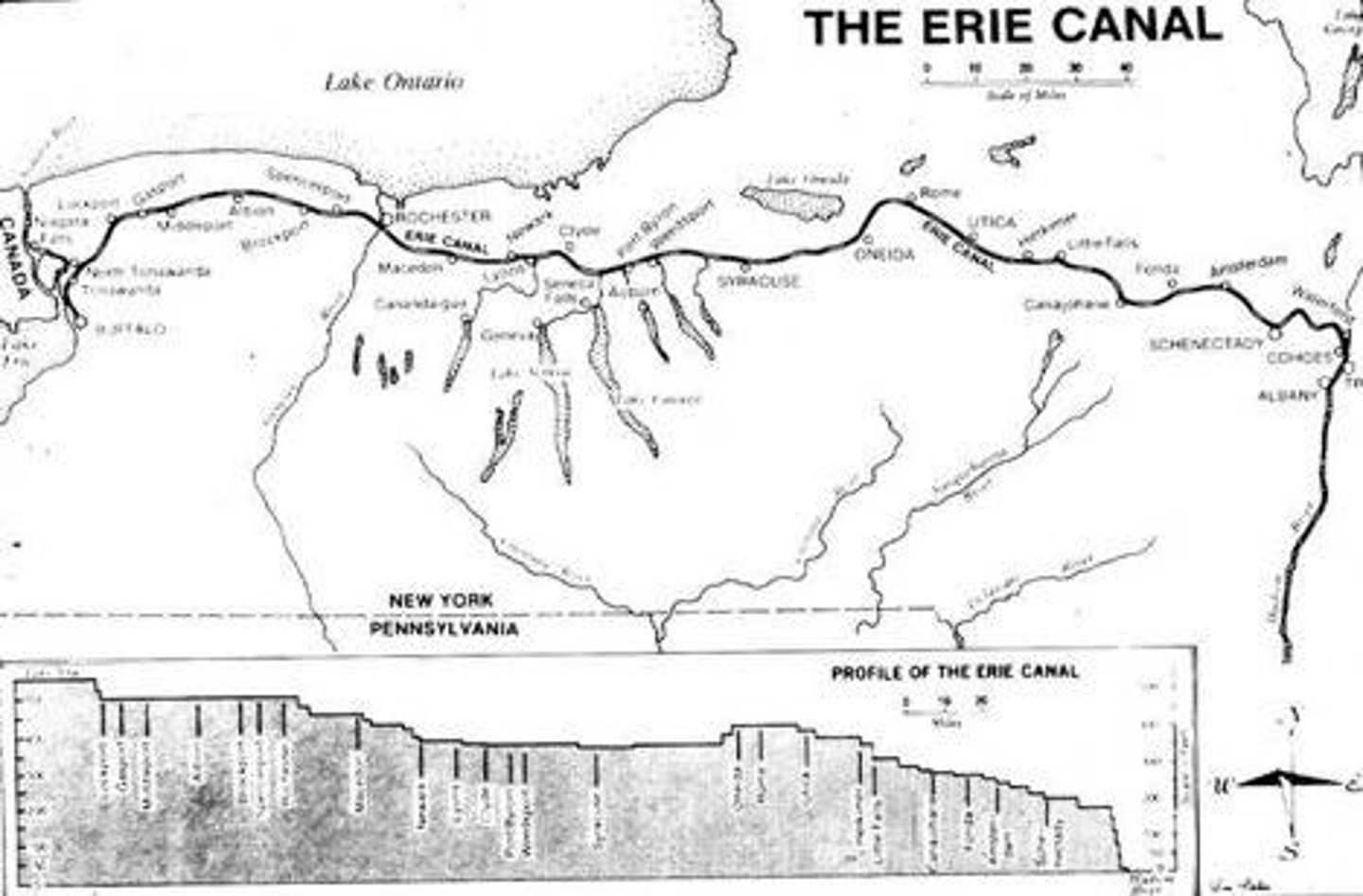
What were some problems faced by early railroads?
Different gauges on tracks, frequent accidents, and erratic schedules.
What significant development in railroads occurred in the 1850s?
The consolidation of shorter lines into 'Trunk Lines'.
What was 'Limited Liability' in the context of corporations?
Stockholders would only lose the value of their stock if the corporation failed.
Who invented the mechanical reaper?
Cyrus McCormick.
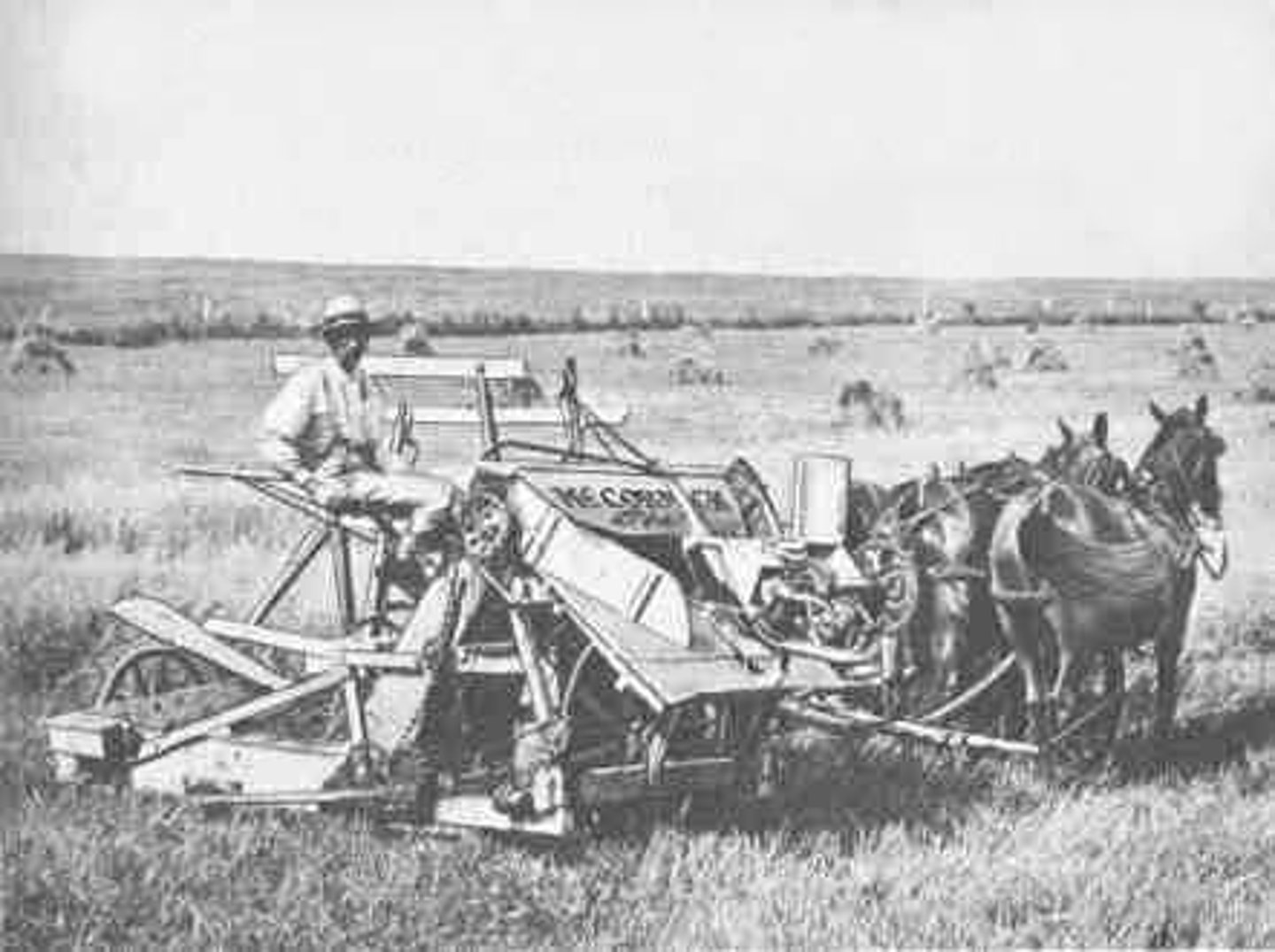
What was the 'Lowell System'?
A factory system that employed young, single women, providing them with boardinghouses and high wages.
What led to the decline of the 'Lowell System'?
The Panic of 1837 and an increase in immigrants willing to work for lower wages.
What was the outcome of Commonwealth v. Hunt (1842)?
The Massachusetts Supreme Court ruled that unions were legal.
What was the 'Cult of Domesticity'?
A belief that women should stay home and raise children, instilling moral values.
What were the main agricultural specializations of the Old Northwest?
Meatpacking, particularly in Cincinnati, and livestock and dairy farming.
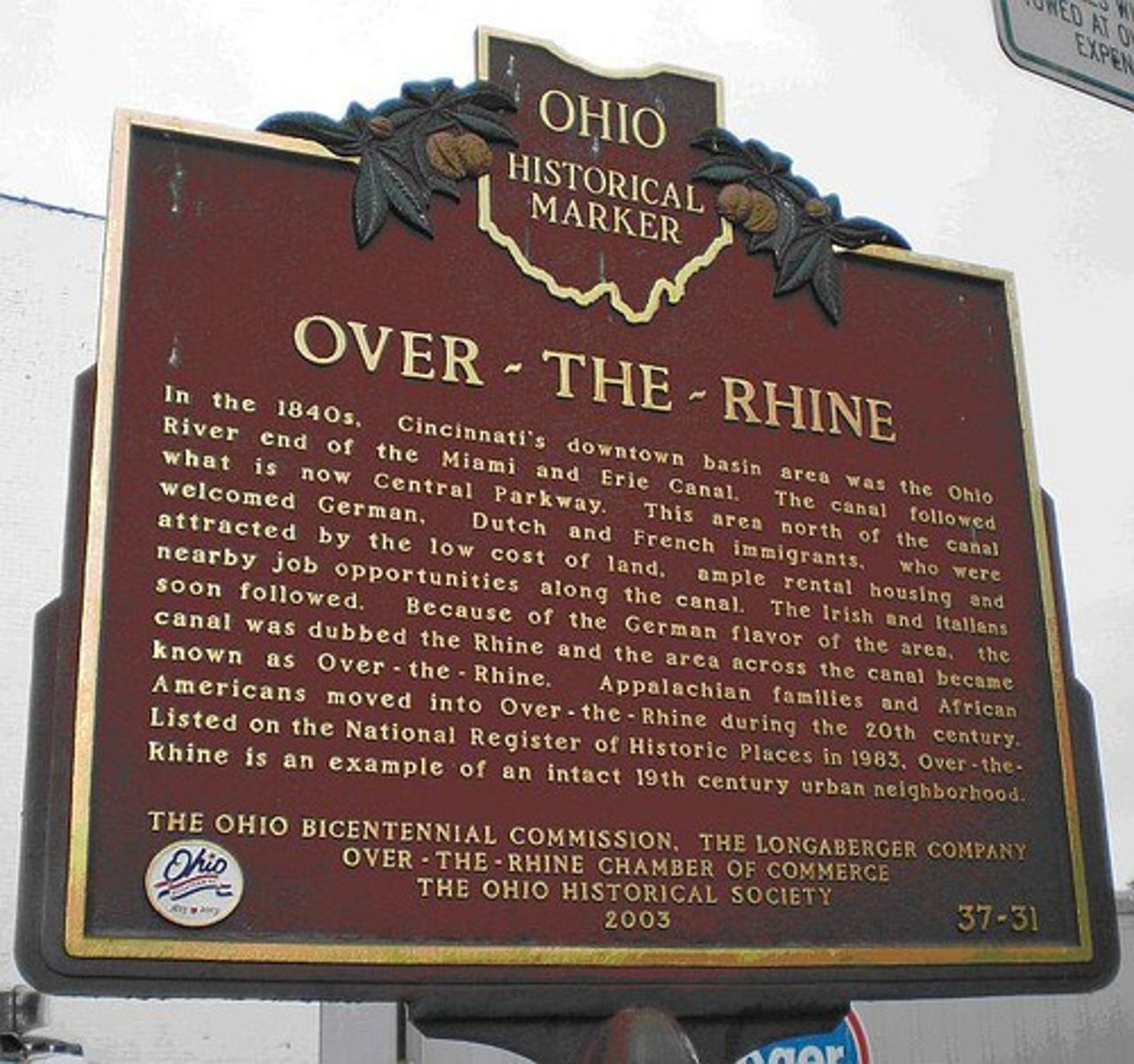
What agricultural invention did John Deere create?
The steel plow.
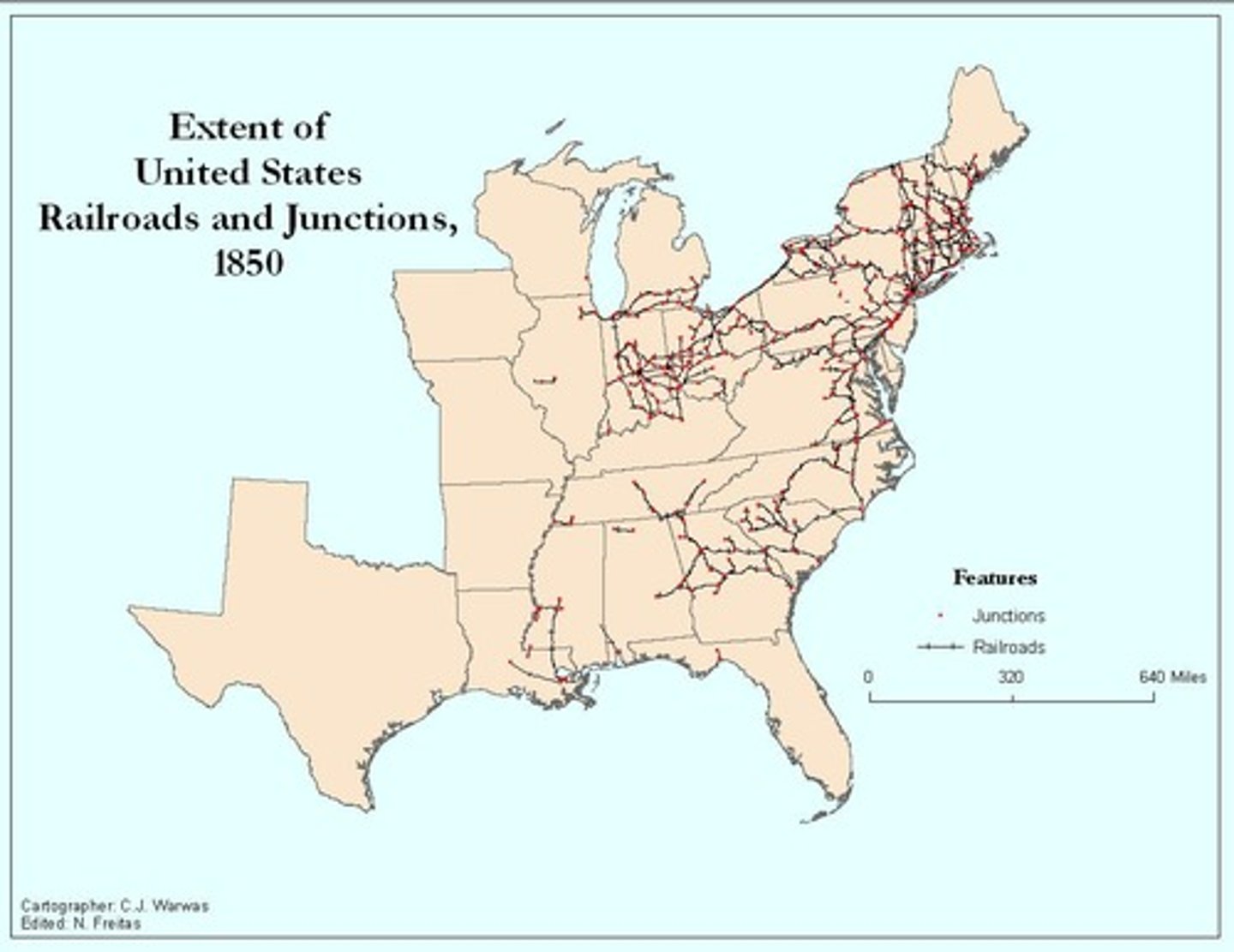
What was the 'Safety-valve' theory proposed by Frederick Jackson Turner?
The idea that Americans could always move west to the frontier during economic crises.
What challenges did free blacks in the North face during this period?
They could not vote, attend public schools, or use public services.
How did advancements in transportation affect farmers?
They allowed farmers to ship goods to all regions of the country, increasing specialization.
What role did churches play in rural life during this period?
They brought the community together.
What was the significance of Morse Code in the 1844 Democratic Party nomination?
It was used to communicate James K. Polk's nomination.
What was the impact of immigration on working conditions in the United States?
It led to a decrease in working conditions as immigrants often worked for lower wages.